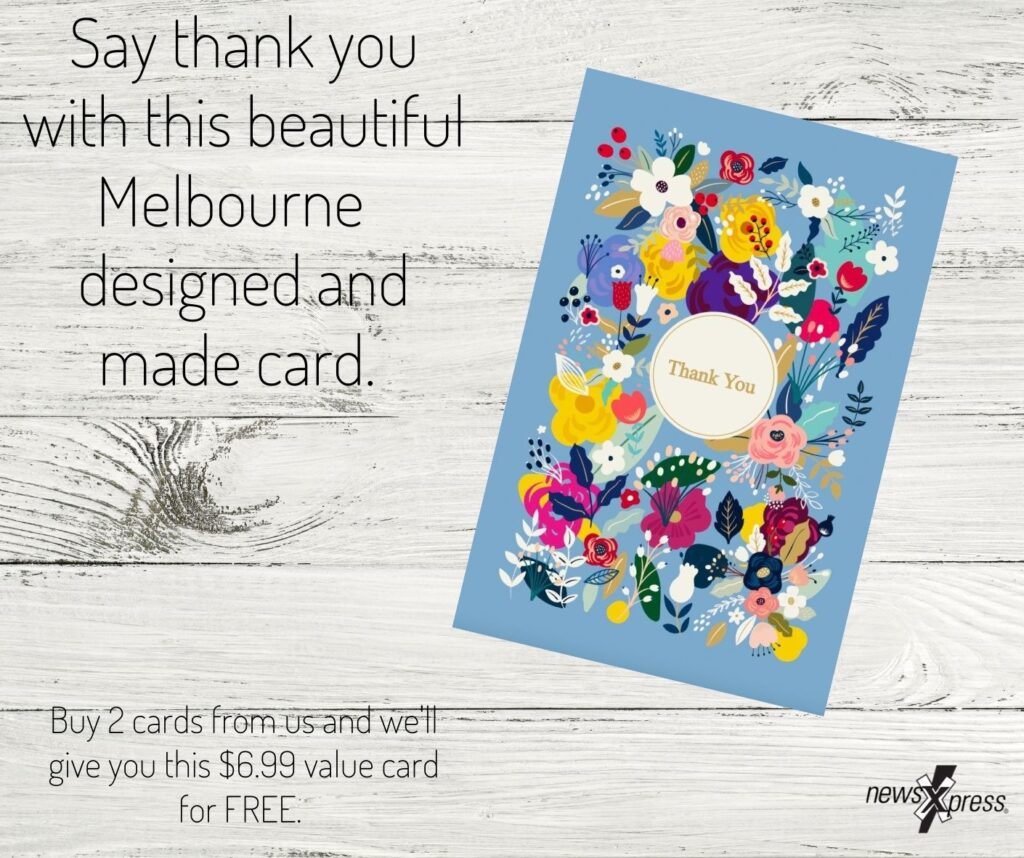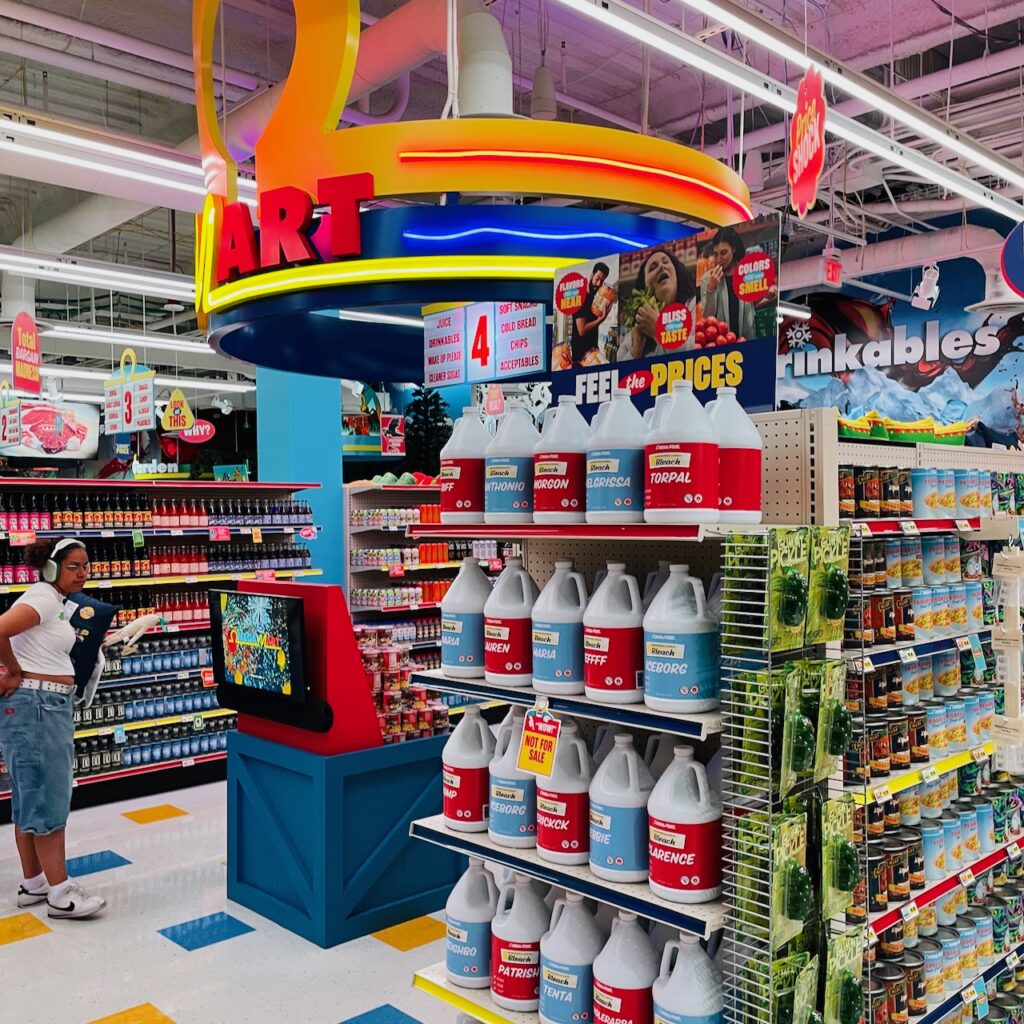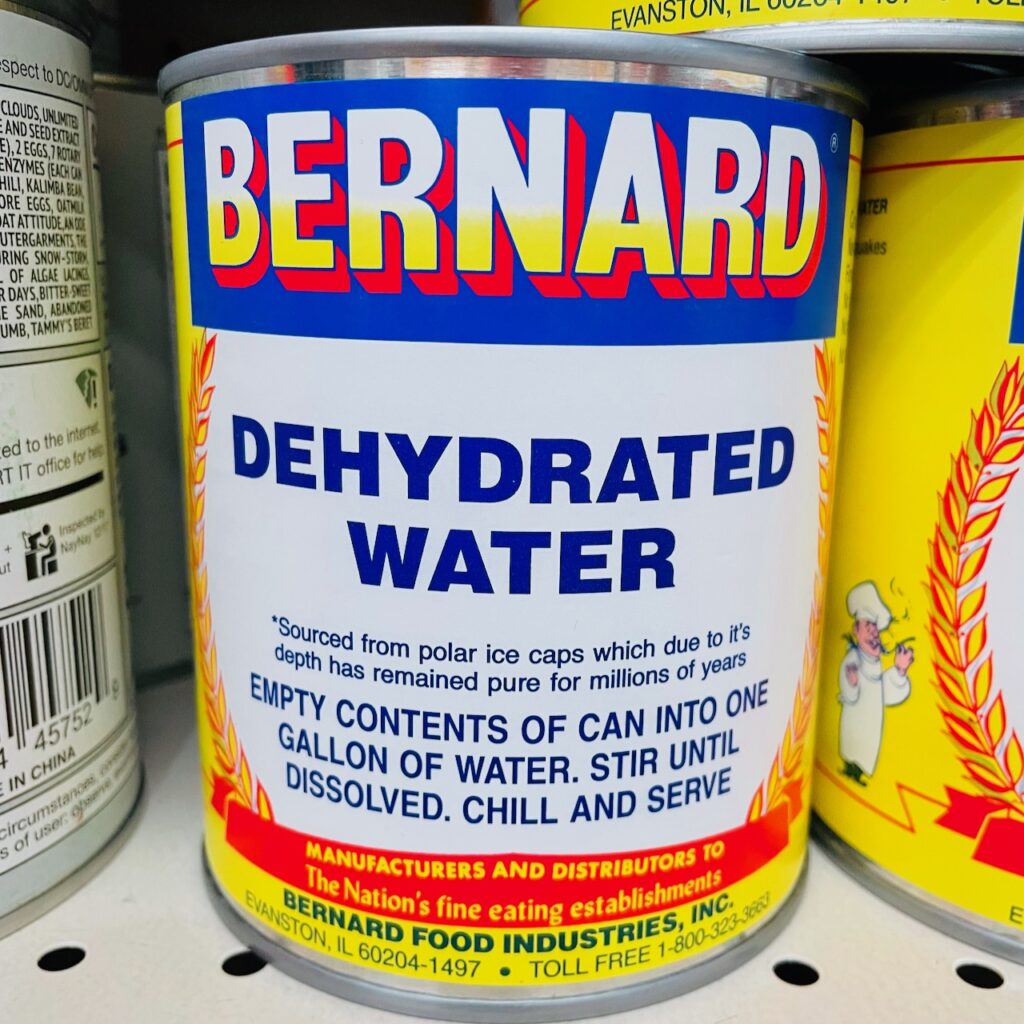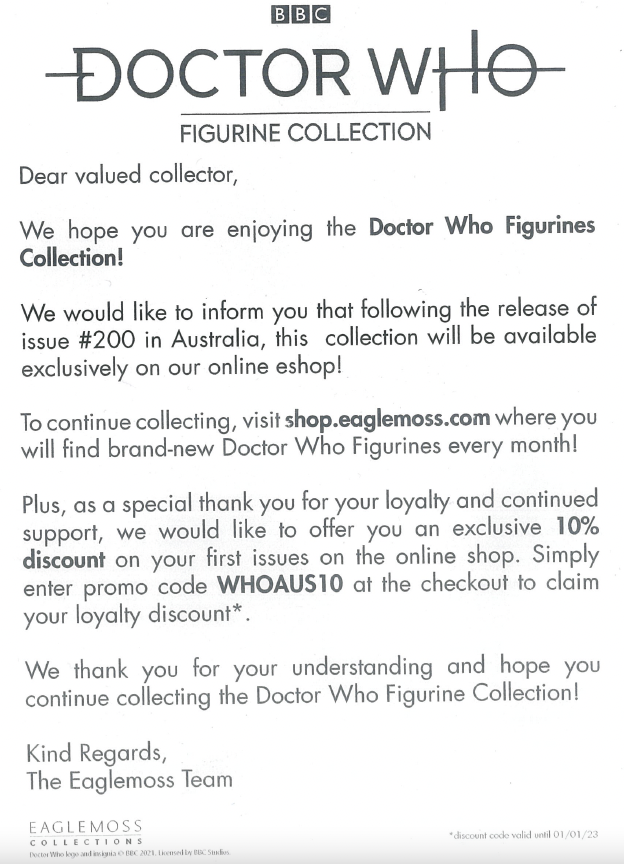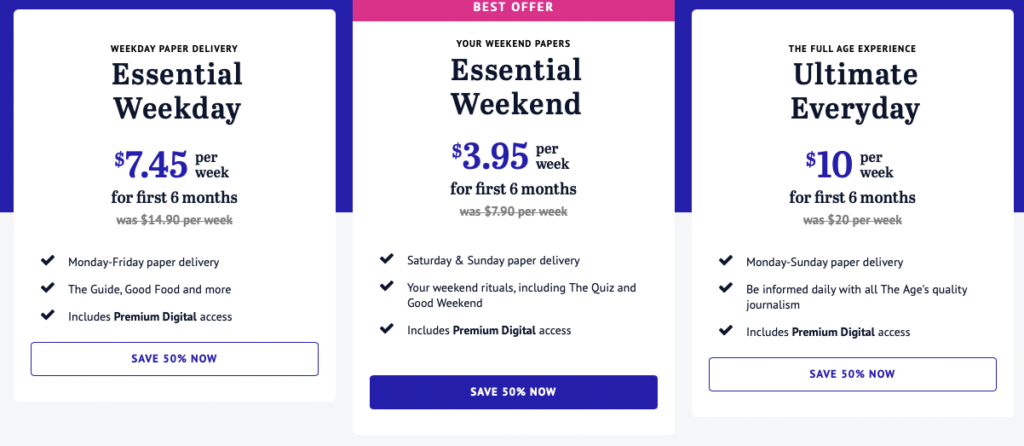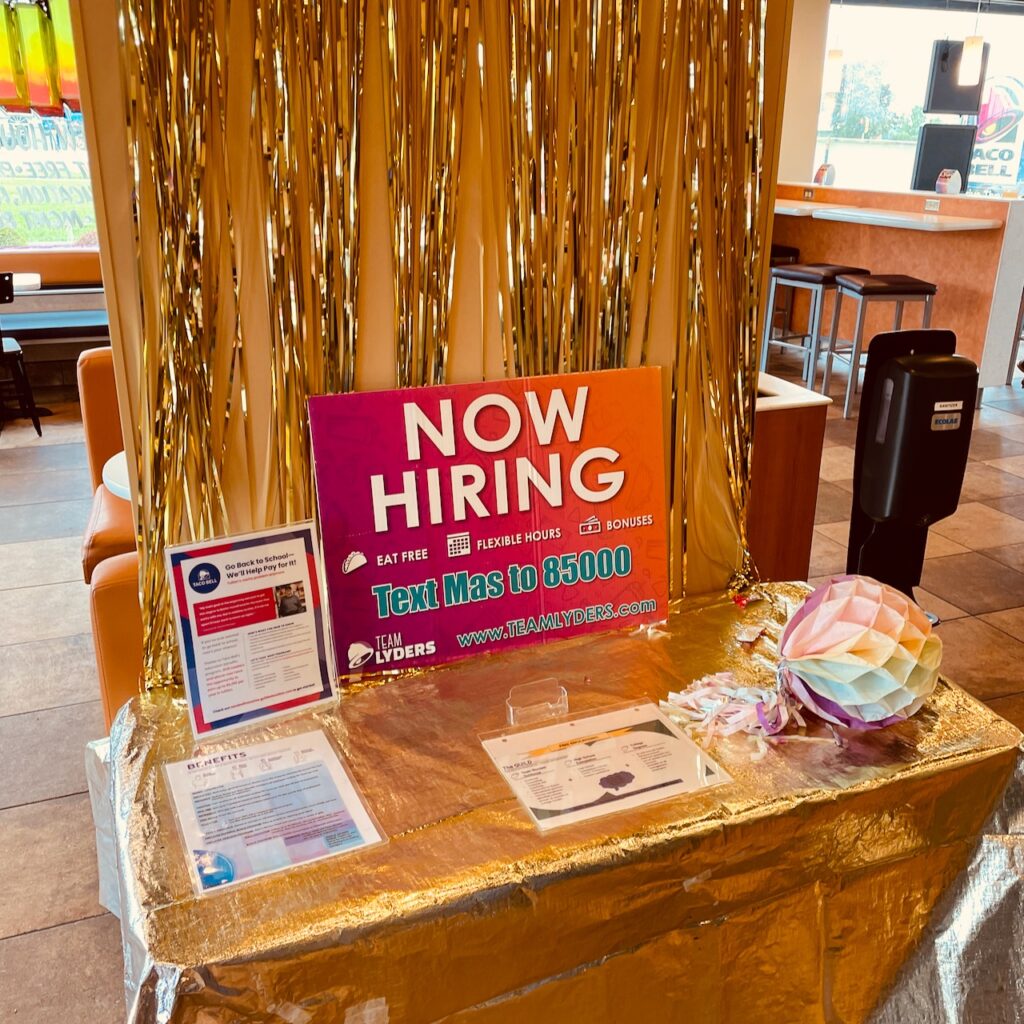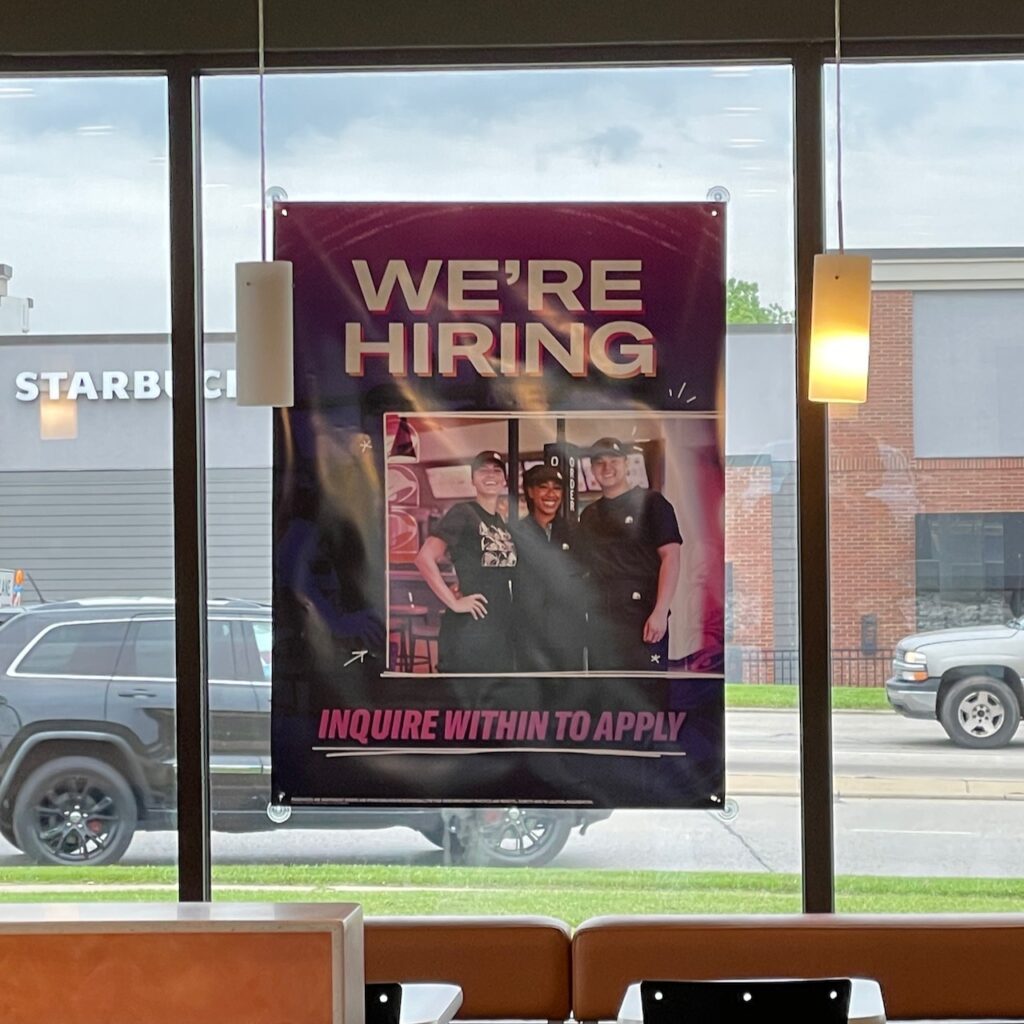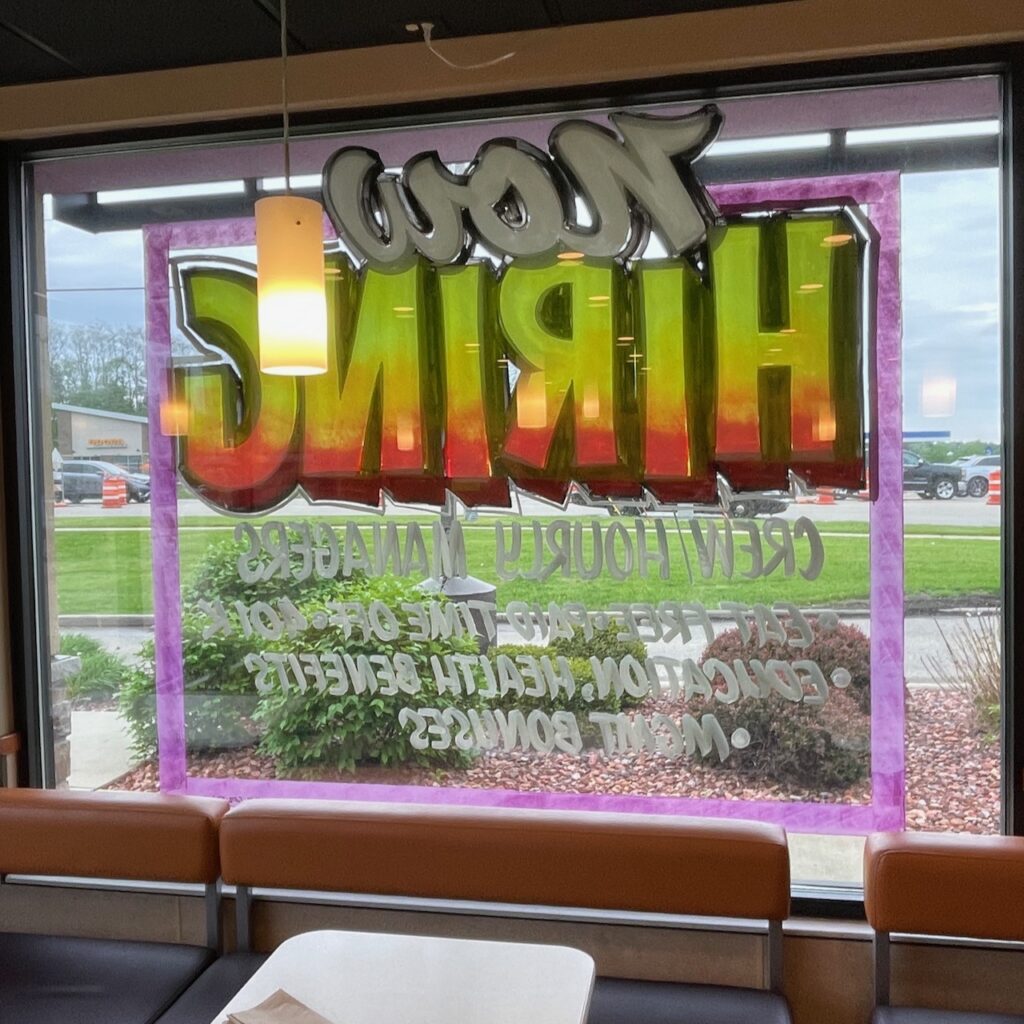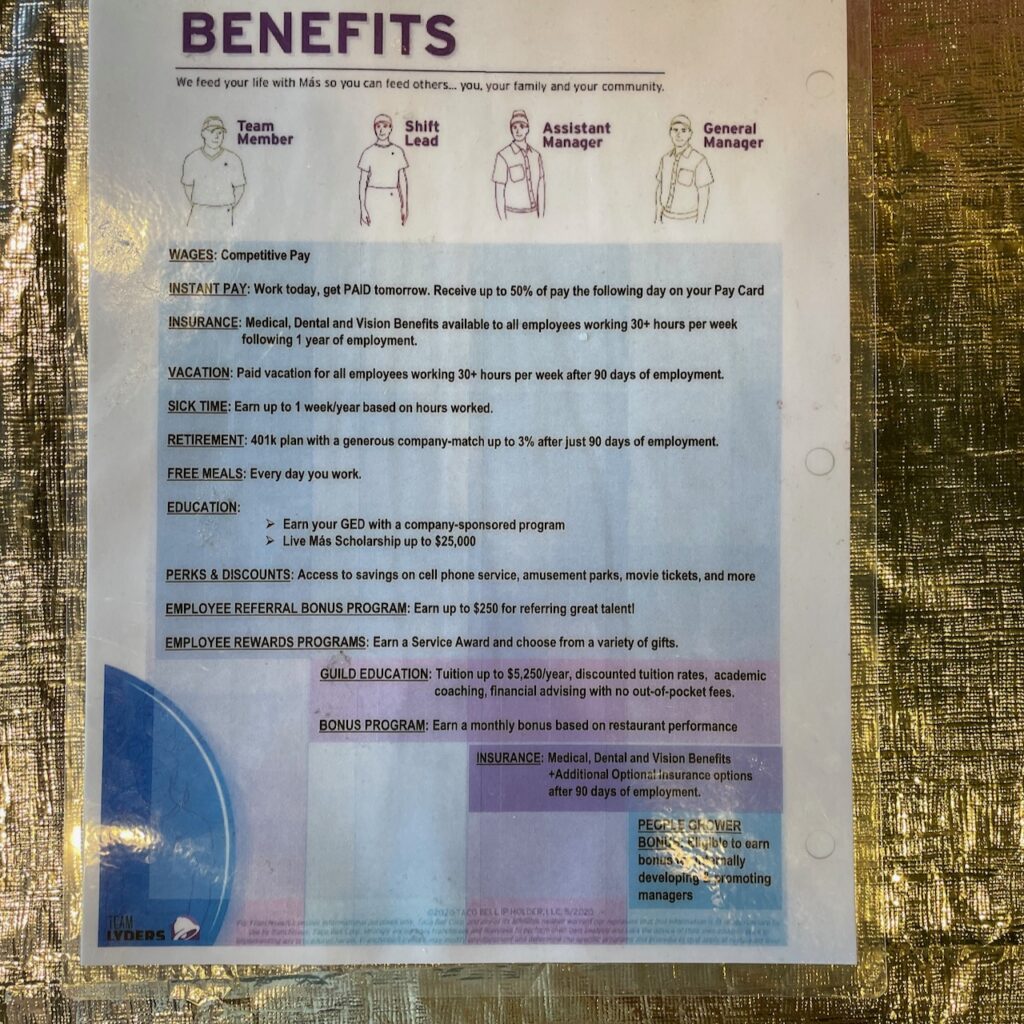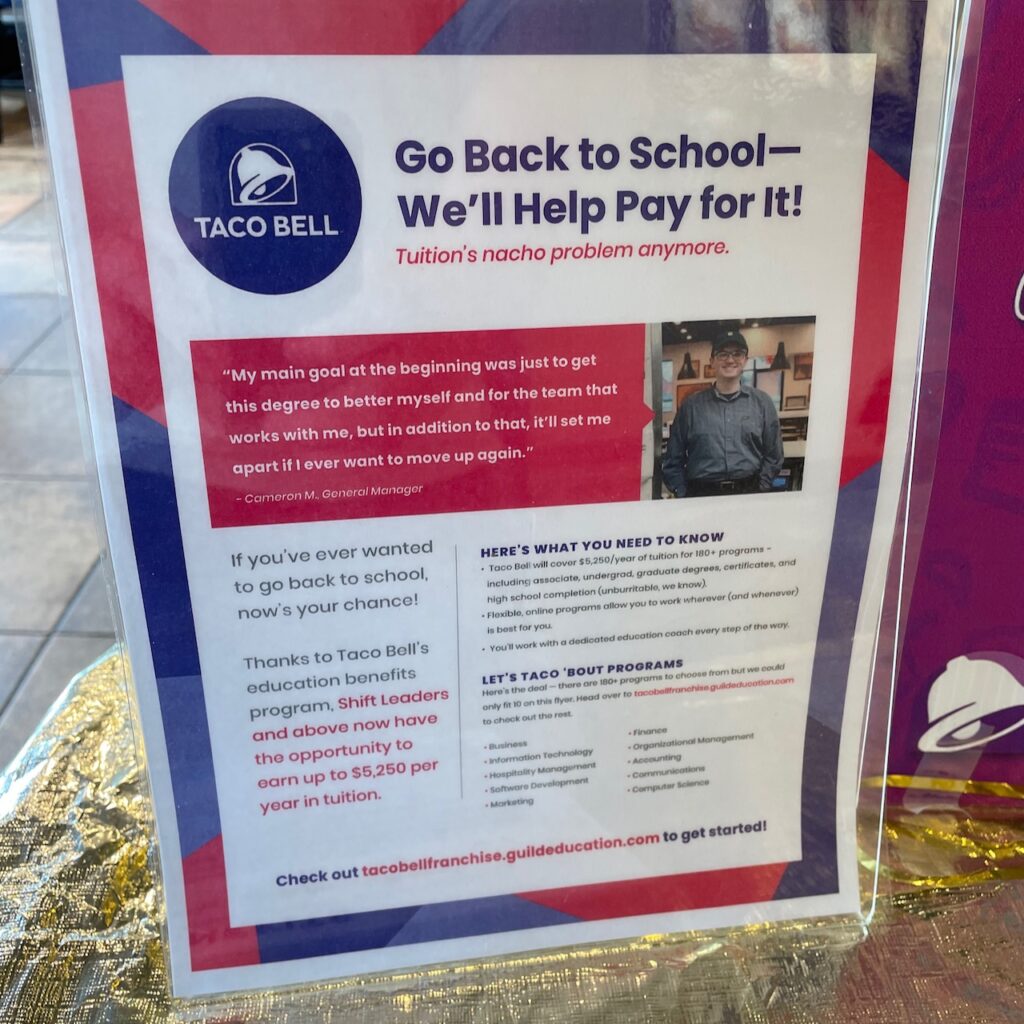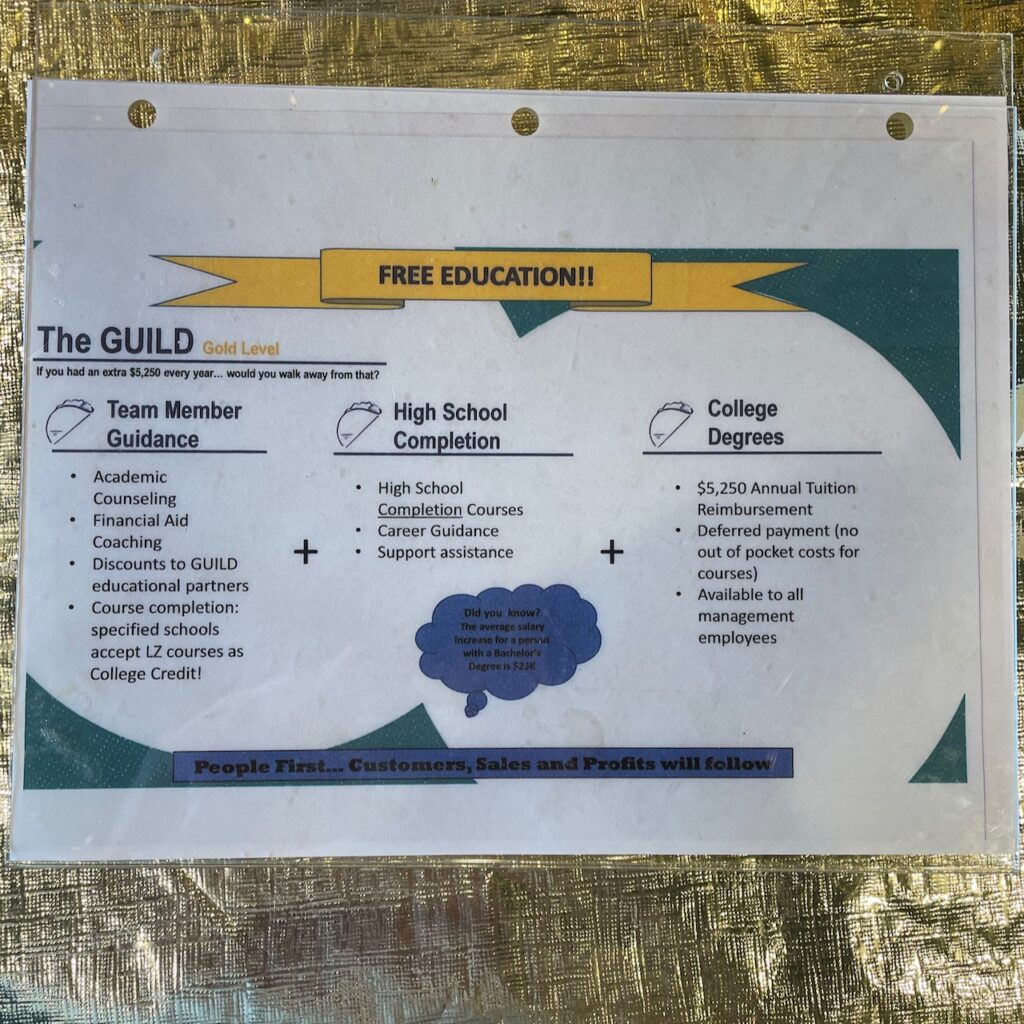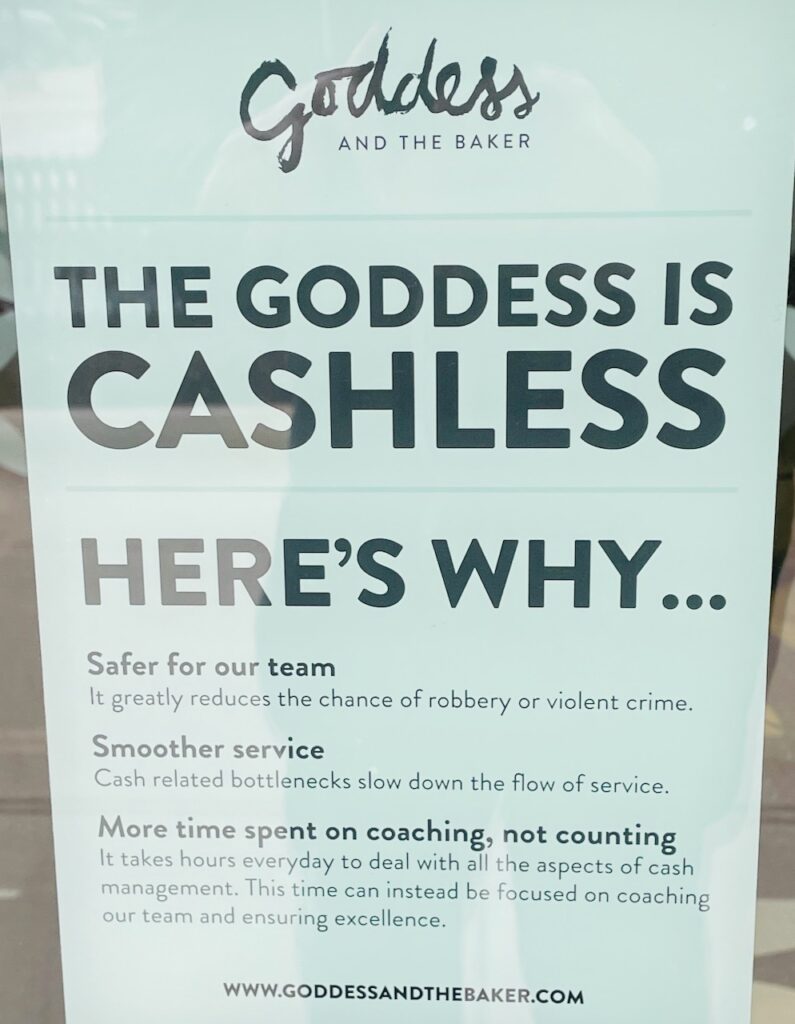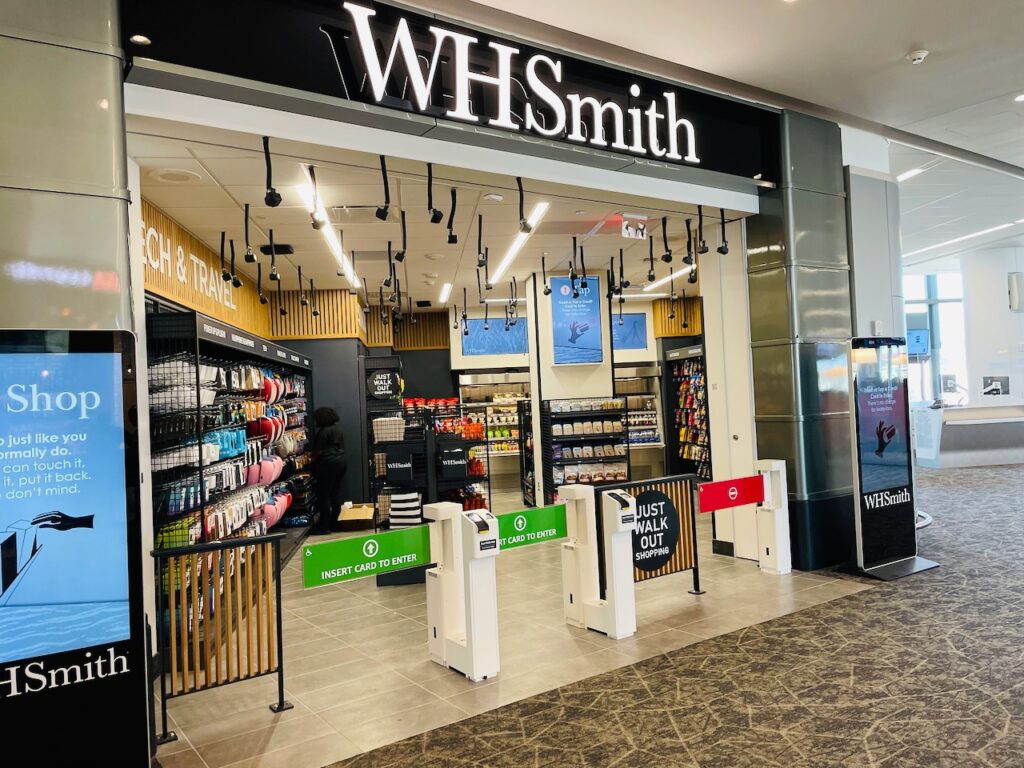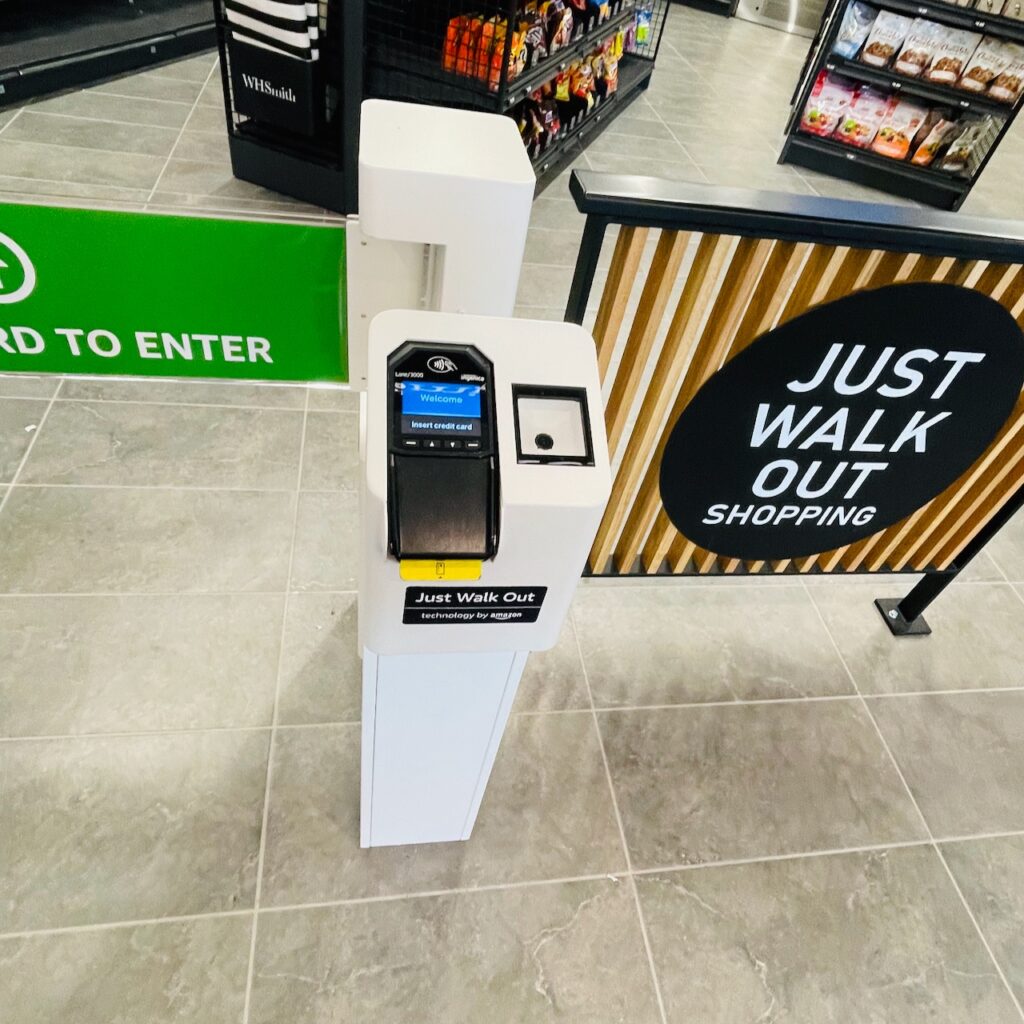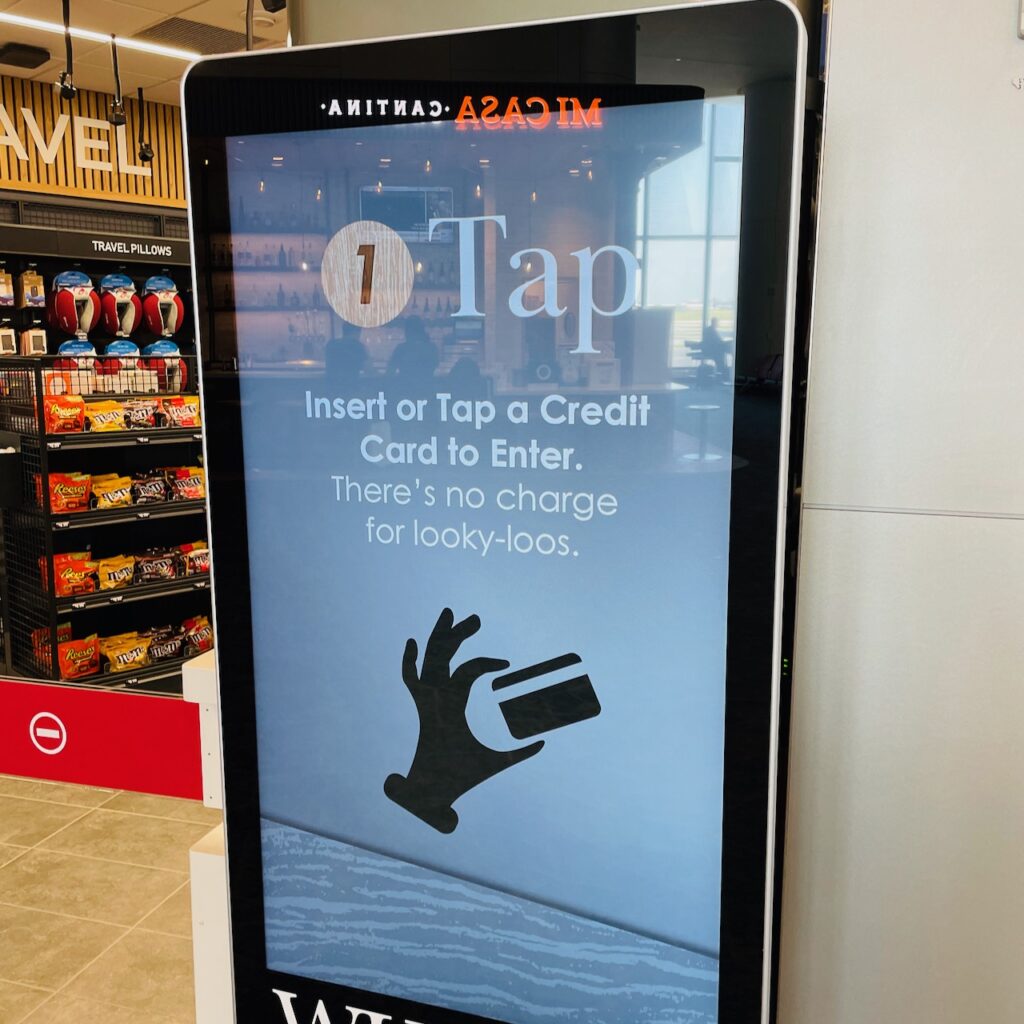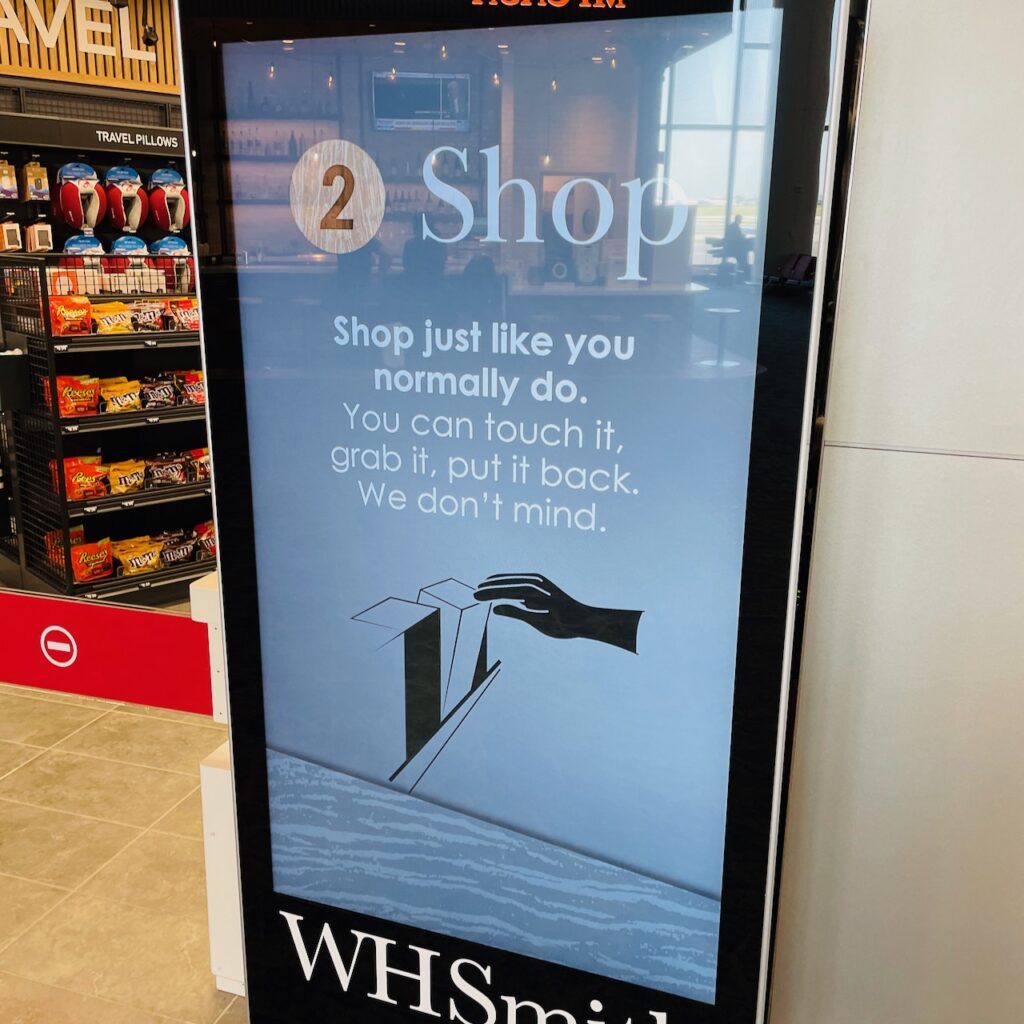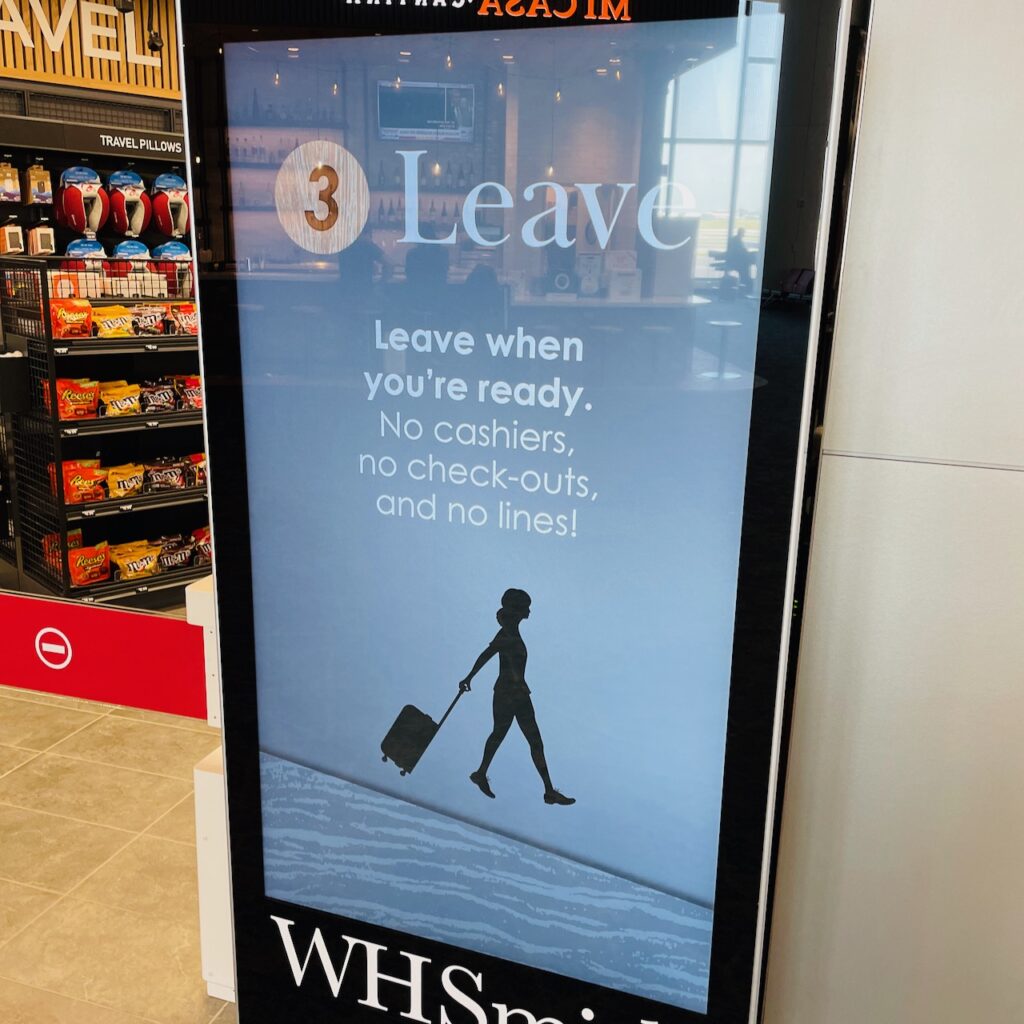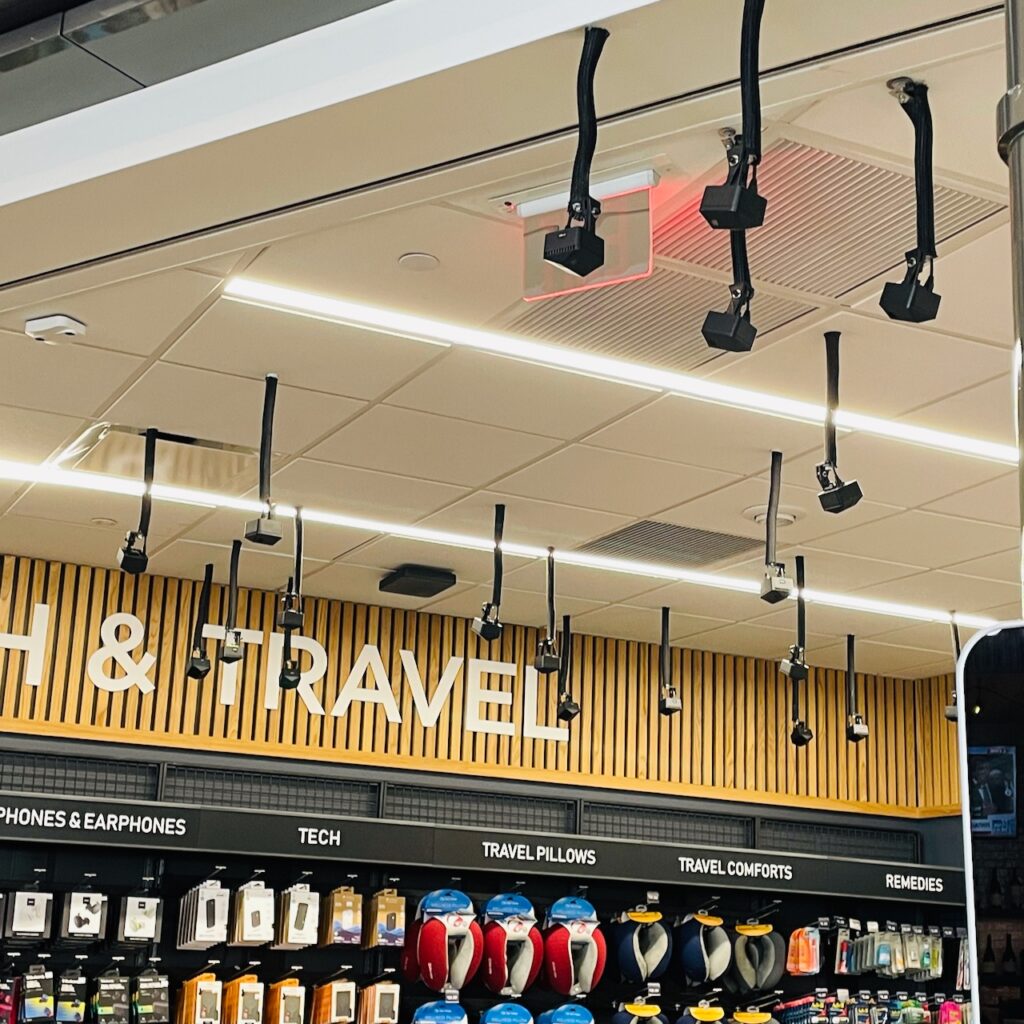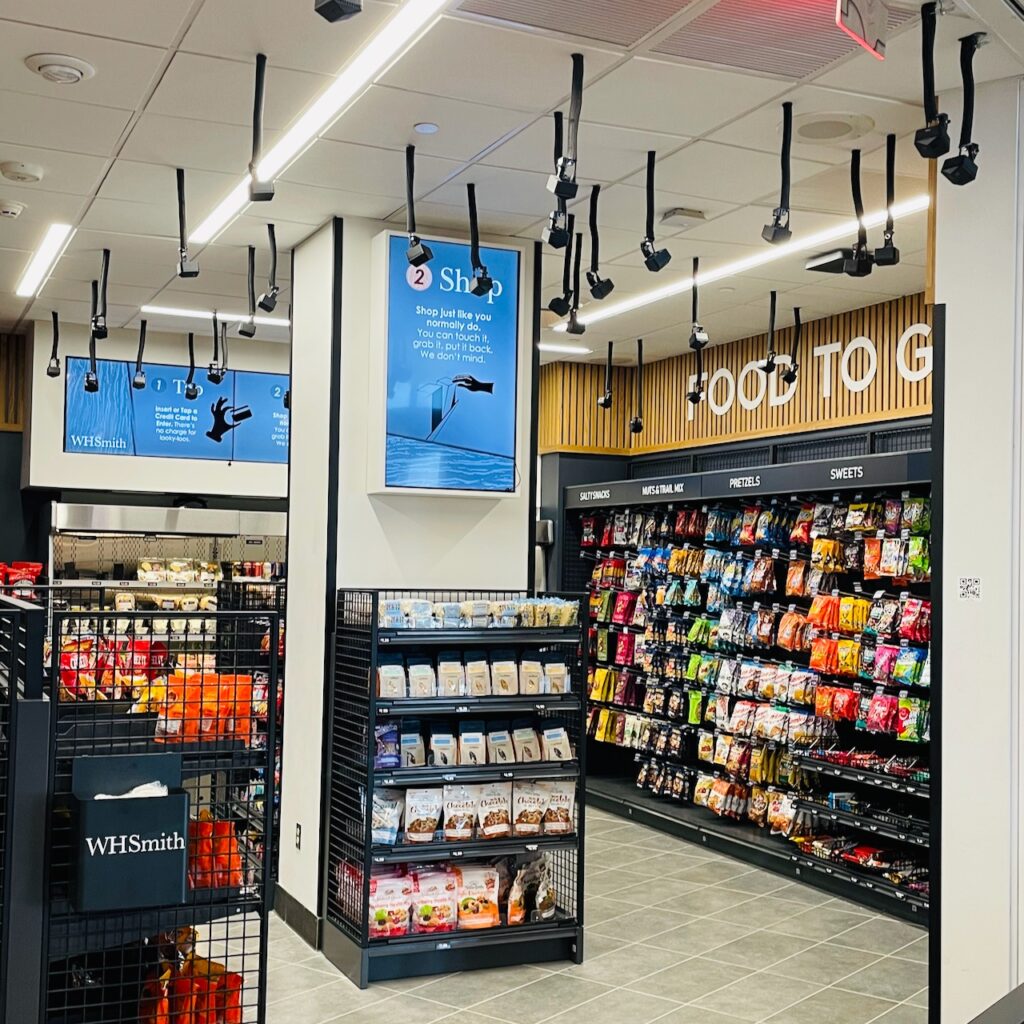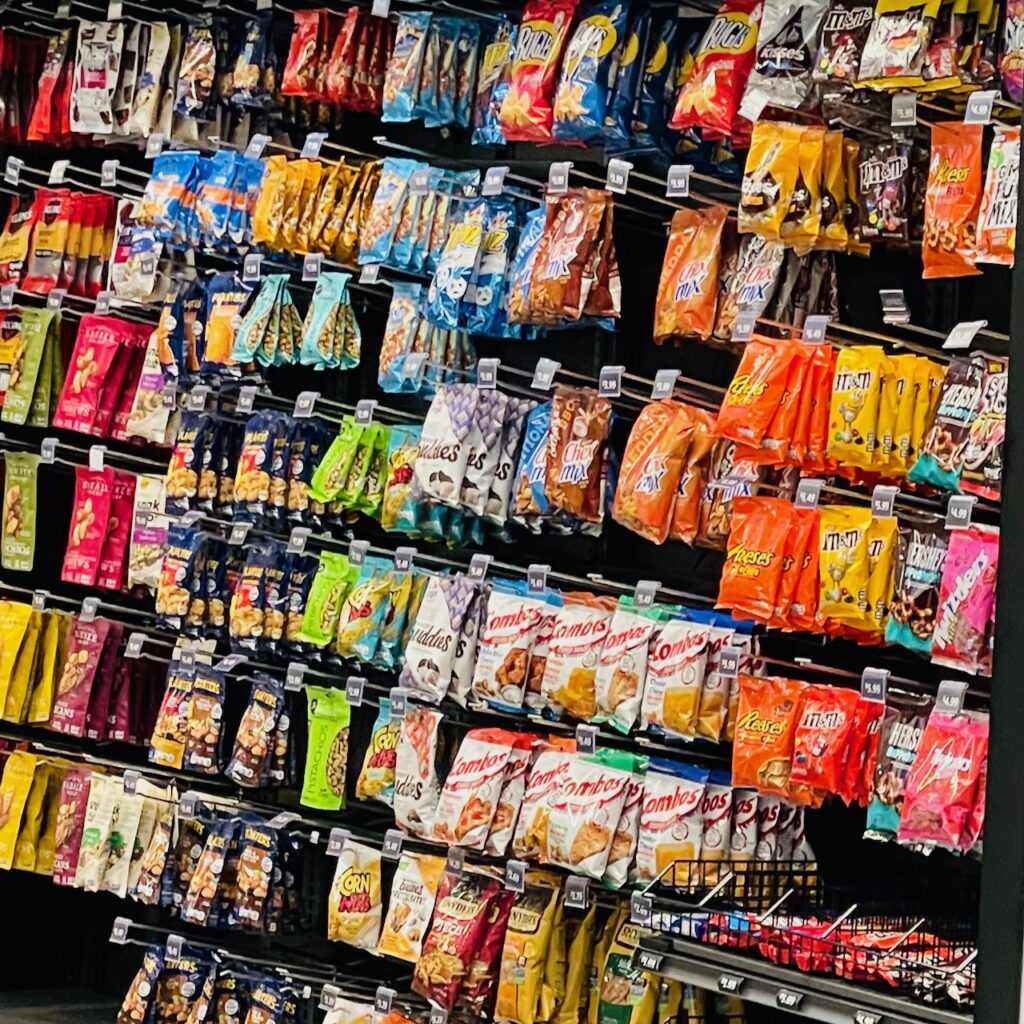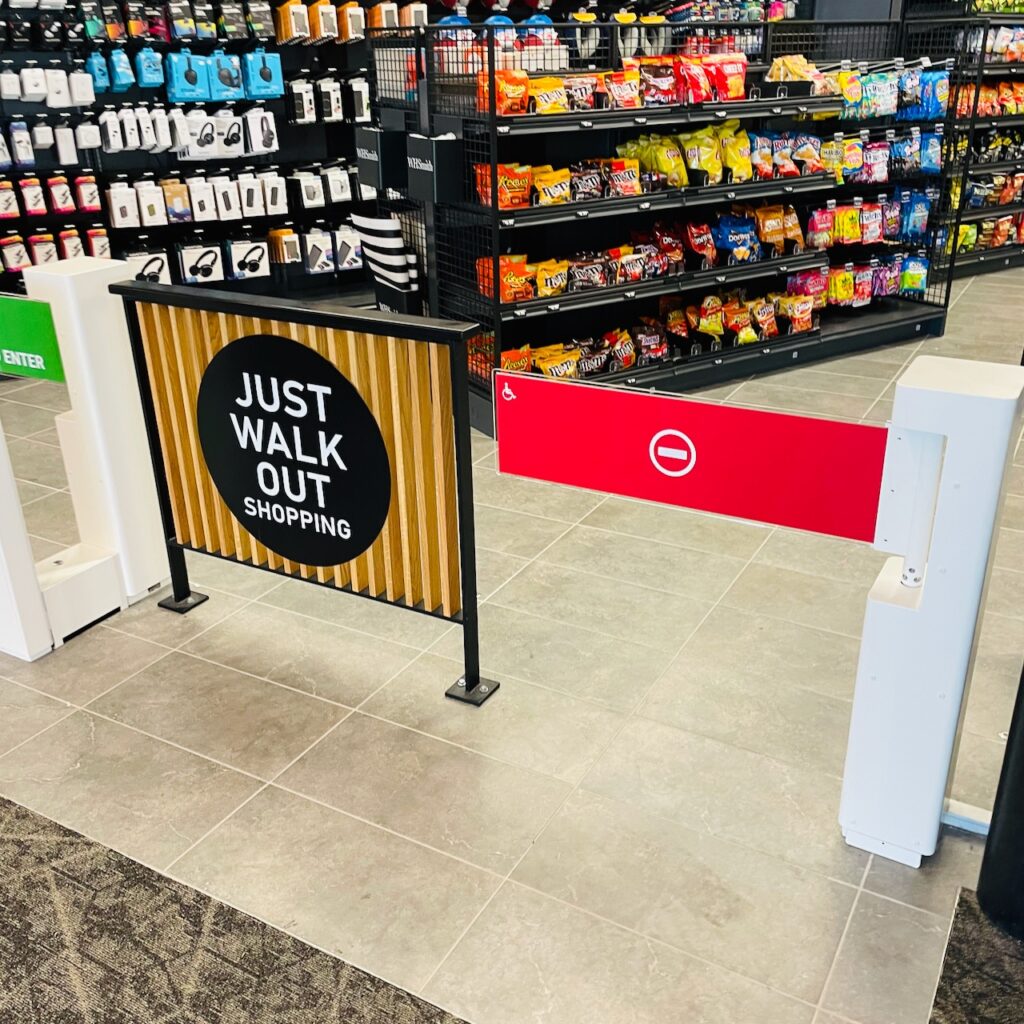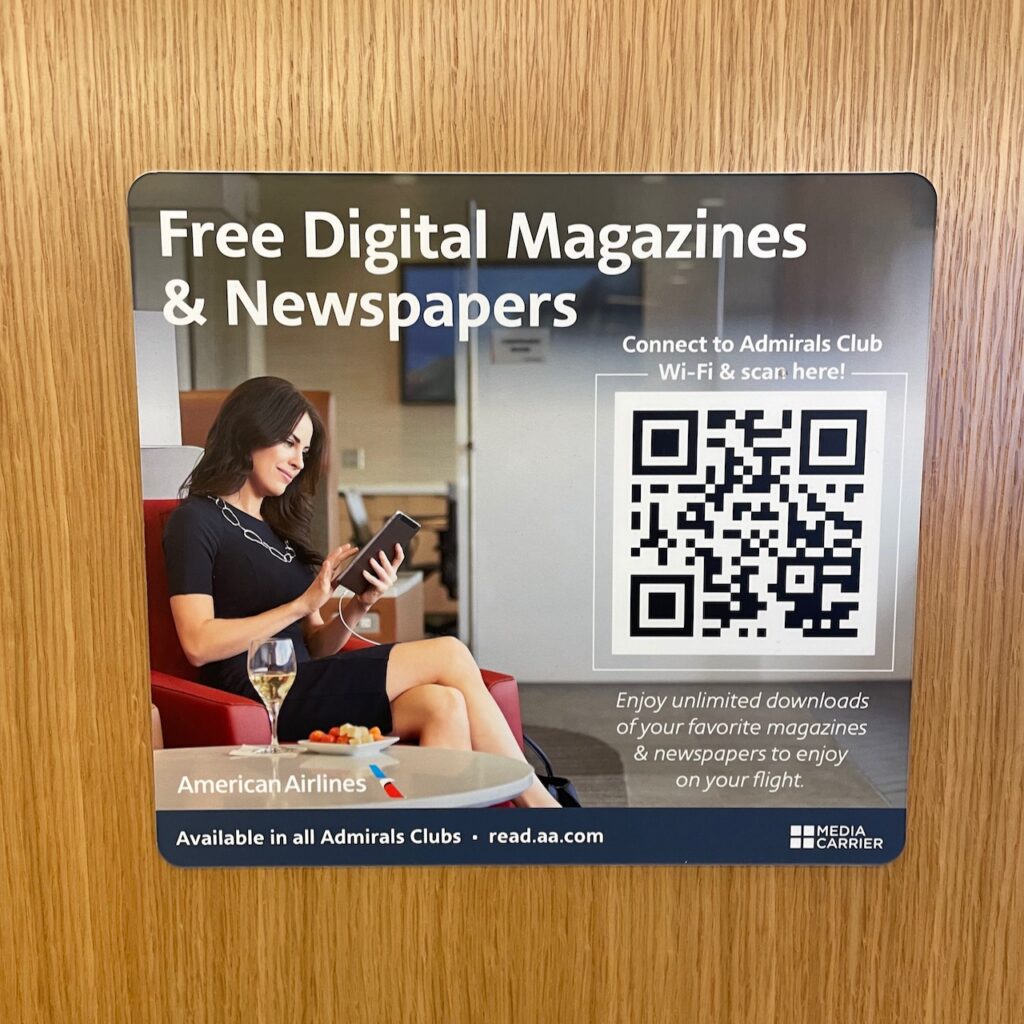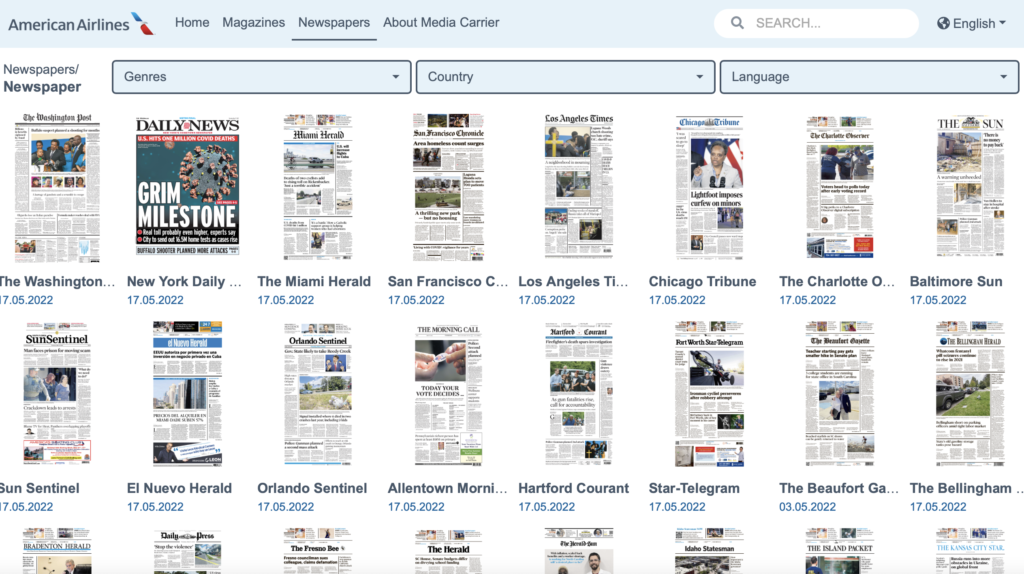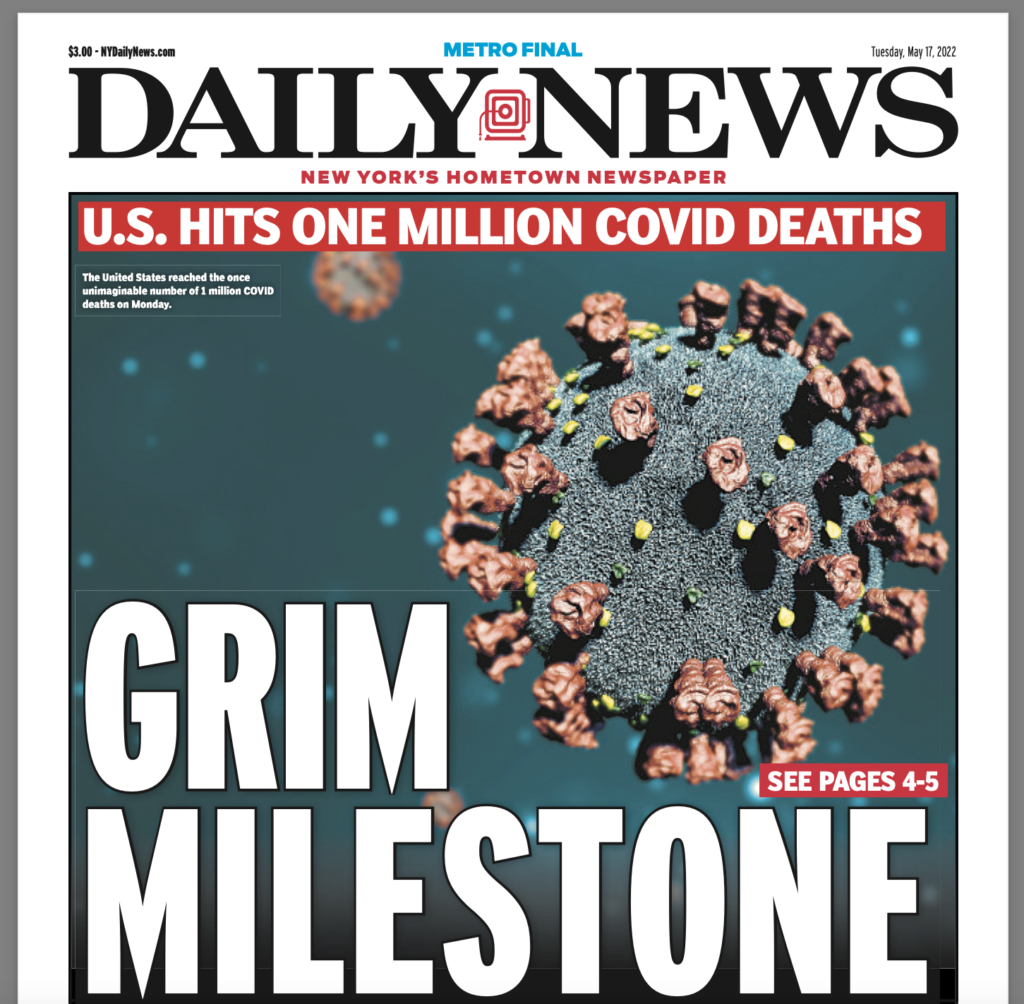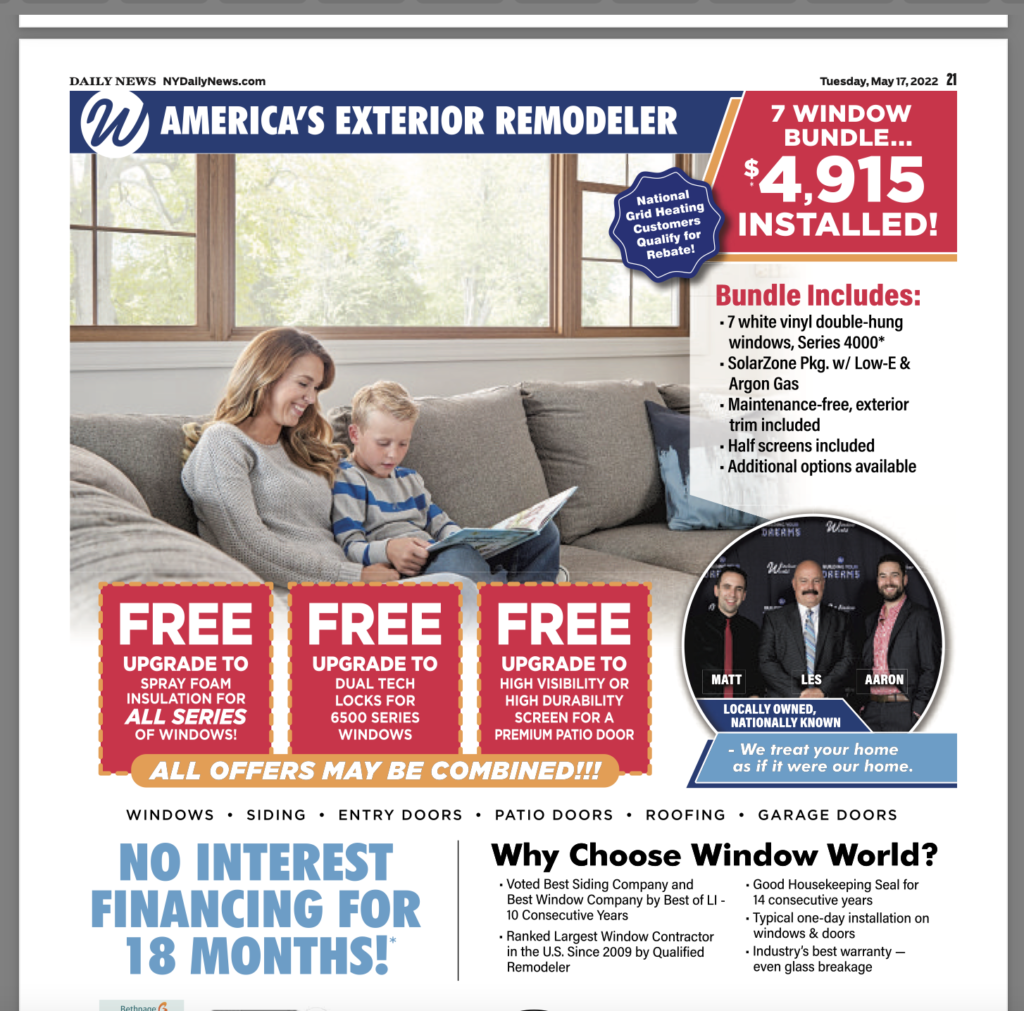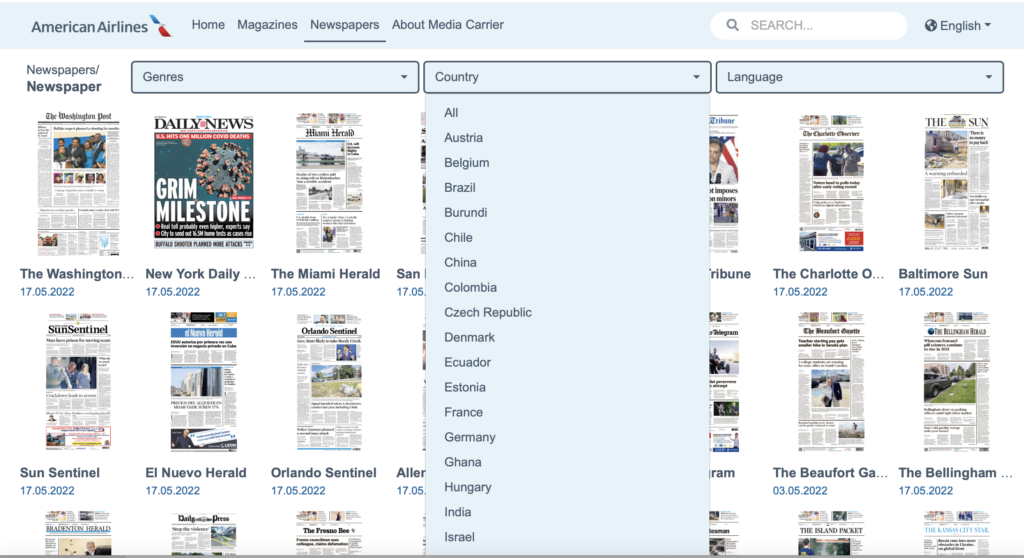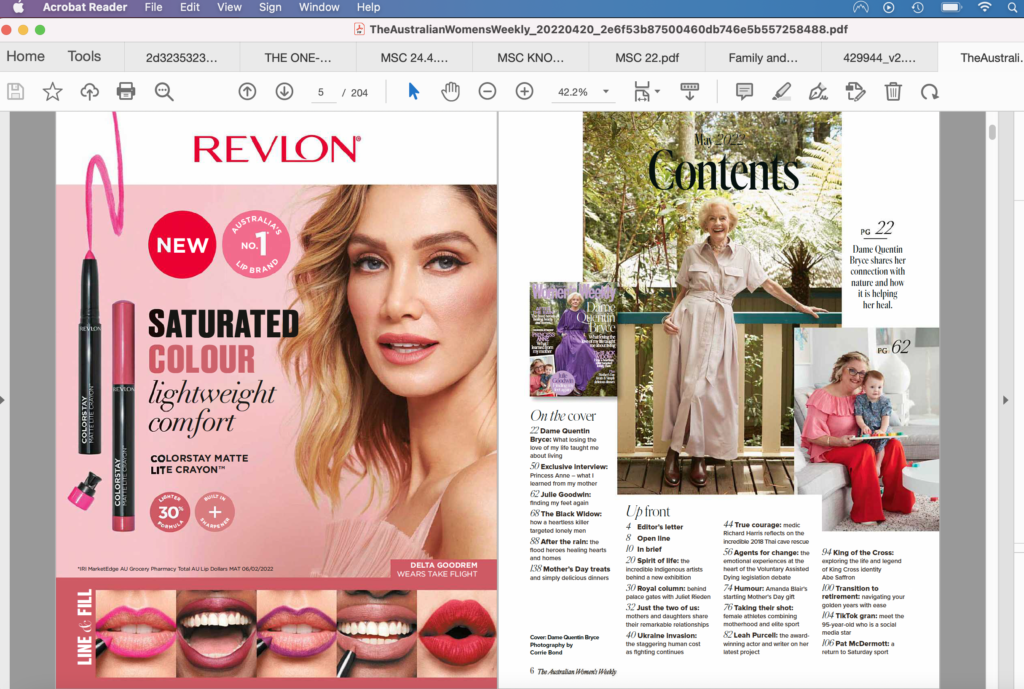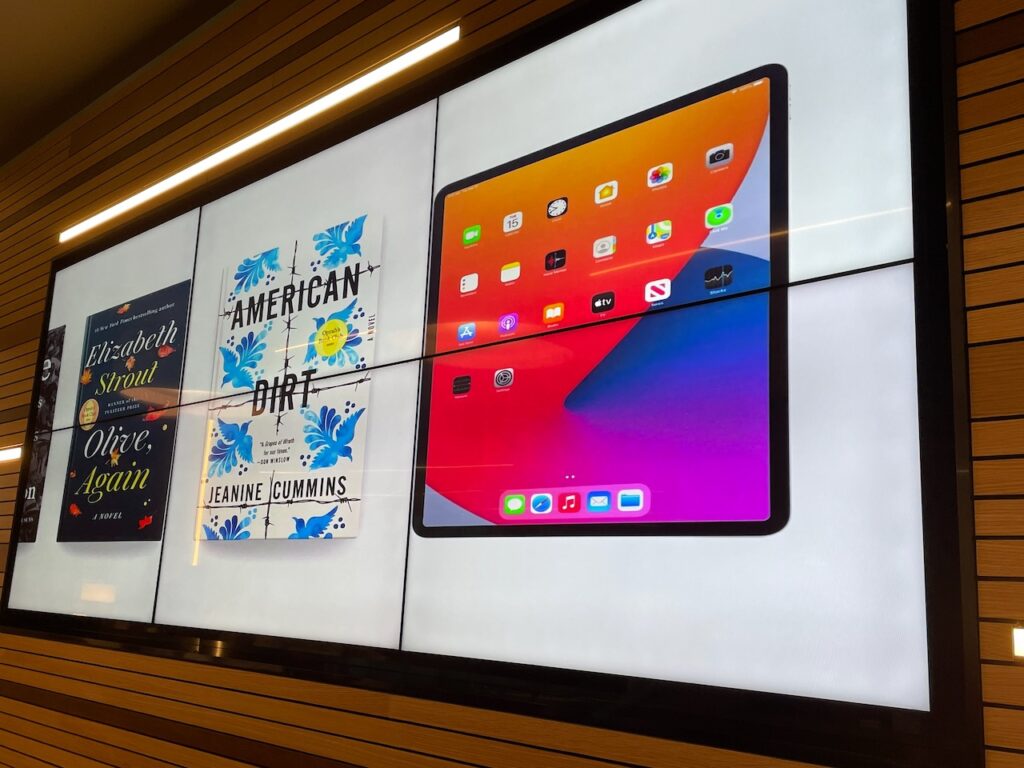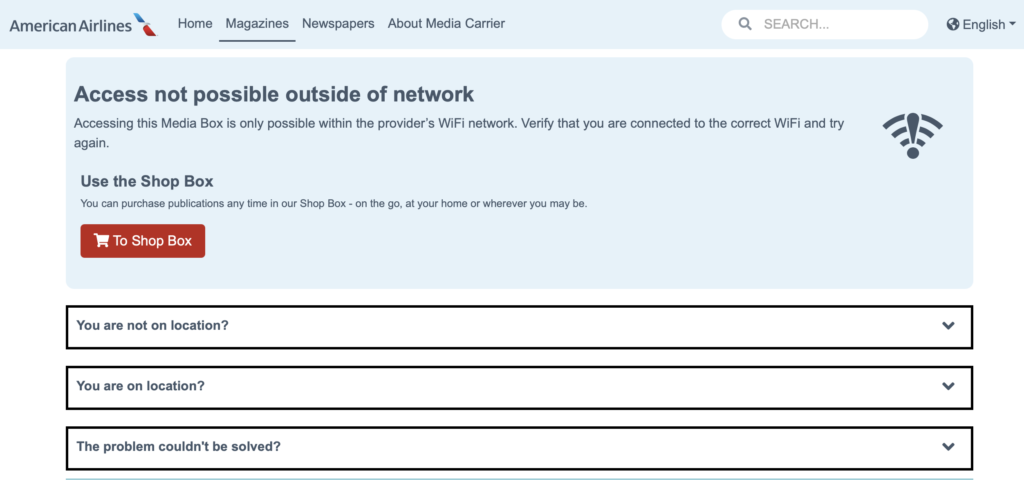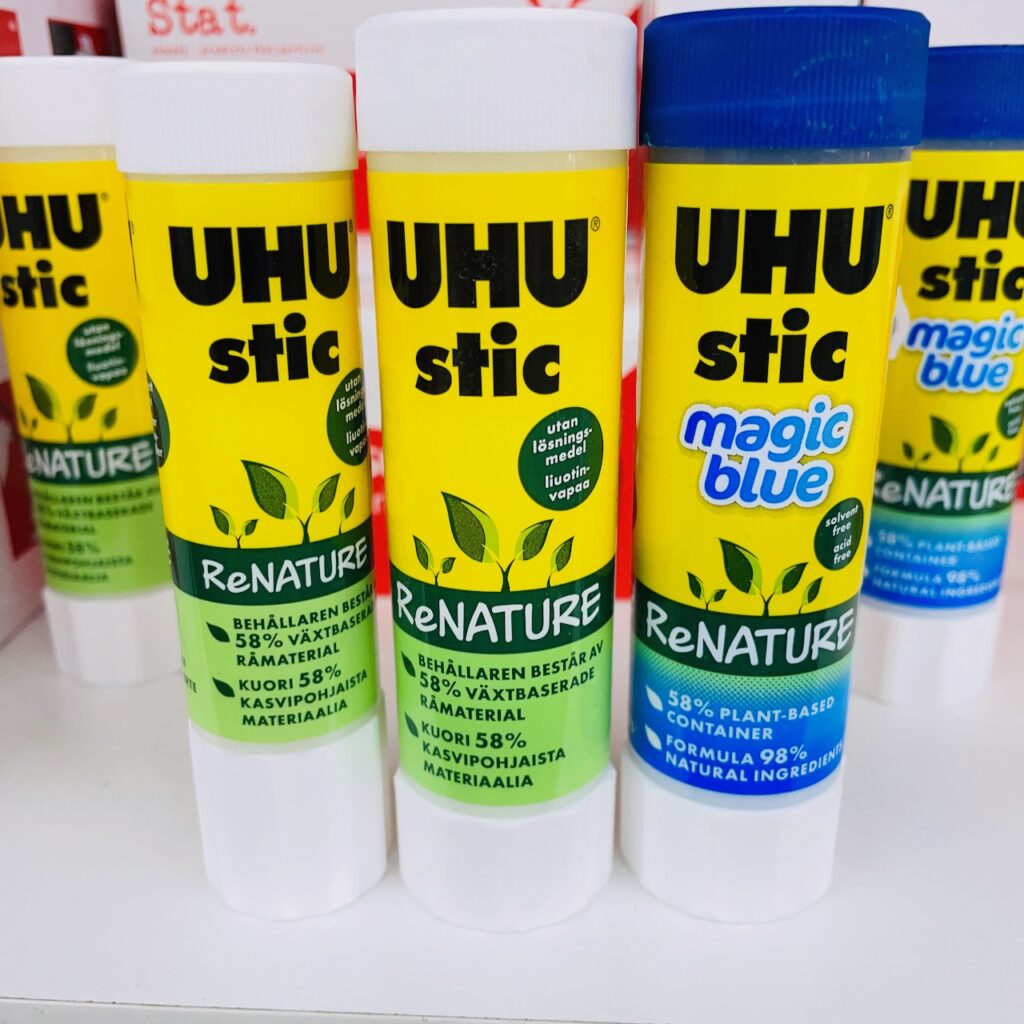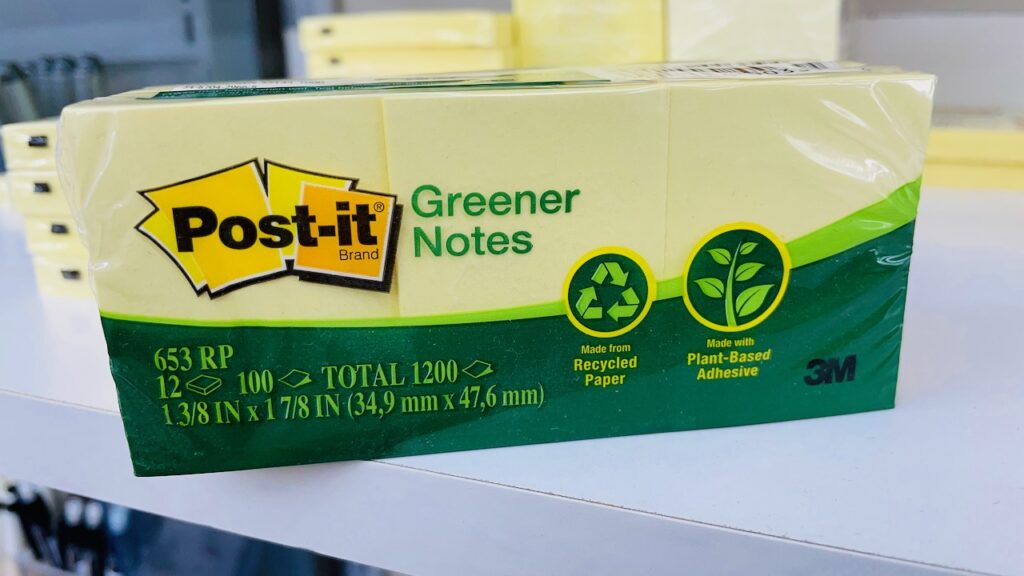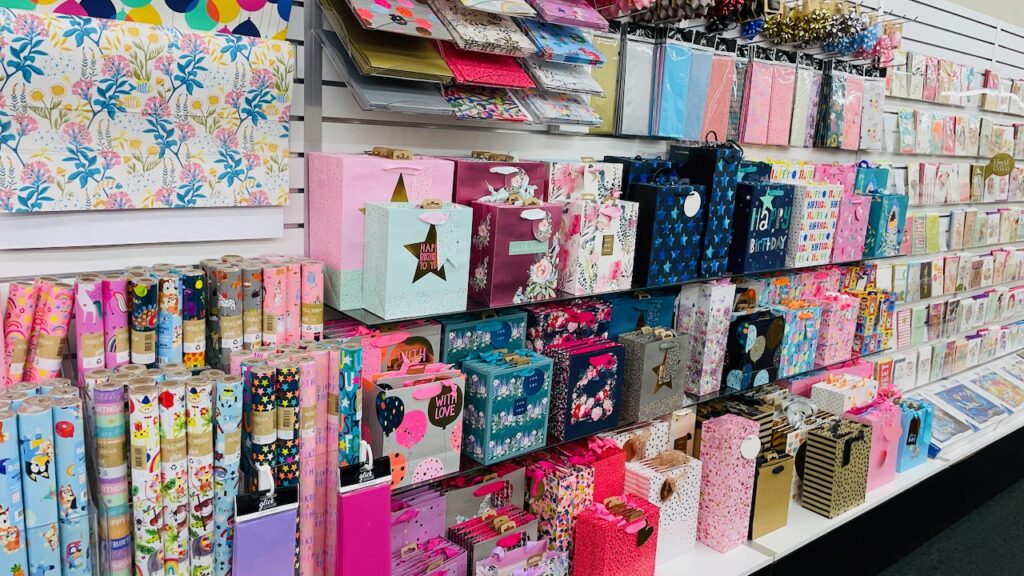News Corp. updates VIC newsagents on product printing and distribution
News Corp. sent this to newsagents Friday last week. It doesn’t address the fact that the old newspaper home delivery arrangements better served local communities than the current arrangements, even though the old arrangements underpaid newsagents for the work they did.
3 June 2022
Update on printing & distribution of newspapers in Greater Melbourne & Geelong
Dear Newsagent/Retailer,
As you would be aware, we have recently moved printing of our newspapers to a new production facility in Truganina. We also commenced the transition to a new consolidated distribution model.
We acknowledge this has caused challenges and whilst we are making progress, our team is working hard to further improve and ensure that we provide you with a consistent and timely service. We do appreciate your continued understanding and support with this.
PRINTING:
Background
In 2020, News committed a significant investment to construct a new facility in Truganina that included modern equipment needed to enable production long into the future.This investment helped to deliver an improved product for readers, such as full colour availability throughout the paper. It also increased our capability to provide more supplements into our papers, such as the recently launched VWeekend in Saturday’s Herald Sun.
Amongst the normal challenges of a new facility, the project was managed over the peak of CoVID and lockdowns.
Status
Production performance and equipment reliability has been slowly improving, as have dispatch times. We recognise that further improvement is required to ensure we consistently meet our targets.What’s Next
To further improve dispatch times, we have a number of initiatives underway such as:Earlier editorial deadlines on some products
Installing a second inline automated wrapper for home delivery copies
Increased on-site offline wrapping capability for home delivery copiesDISTRIBUTION:
Background
In late 2021, we commenced transitioning our distribution model towards a consolidated distributor. The transition plan is spread over 15 months. It is a process that has previously been undertaken successfully in Sydney and Brisbane, providing a more sustainable model to get papers to our valued retailers and subscribers.Status
Our consolidated distributor, NDS is currently delivering about half of all newspaper copies printed in Truganina each night. Like many industries, the supply chain has been challenged by driver recruitment and retention.What’s Next
To further improve our delivery arrival times a number of steps are being taken, including:Increasing the number of vehicles used
Recruiting additional drivers
Improving delivery run sequencing
Increasing warehouse capacity for retail product preparation
Deferring the timing of some upcoming distributor transitionsWe’re also working towards introducing reporting of arrival times at retail outlets, which will help improve visibility of problem territories.
CONTACT US:
To better support you, we have increased staffing in our call centres, including on weekends.Should you have any questions or issues, please contact your Area Logistics Manager, Area Sales Manager or the News Retail Support team on 1800 639 700 or via email at newsagents@news.com.au.
Kind Regards,
News Corp Australia
